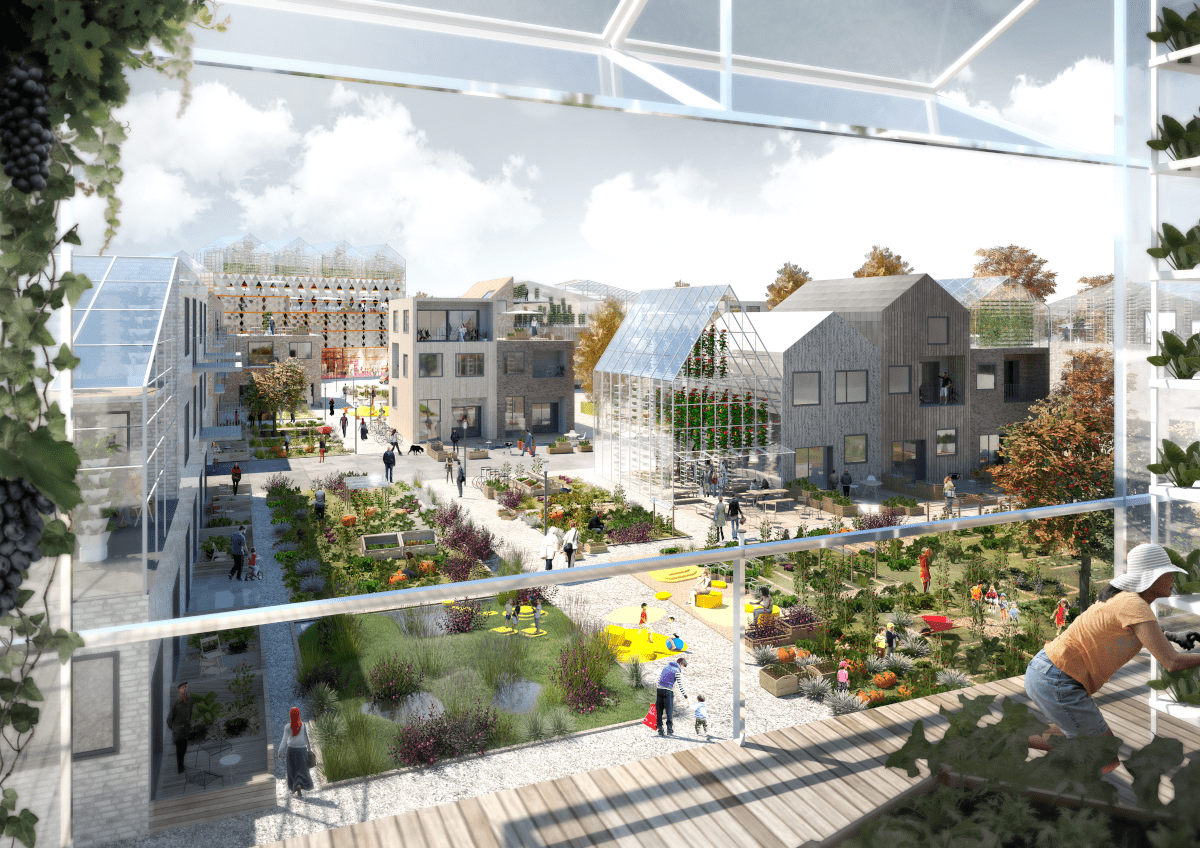
Engineering and architectural consultancy Sweco has produced calculations seemingly showing that, with circular urban planning, future cities can save as much as 75 percent of their total energy needs and reduce carbon emissions by 97 percent compared to current levels.
By applying 5 principles and 15 concrete circular actions to a future city with 90,000 inhabitants, Sweco’s experts appear to demonstrate how cities – where two-thirds of the world’s population will live – can become frontrunners in the urgent and necessary transition from a linear to a circular system.
As energy prices in much of the world skyrocket, the spotlight is turning to energy-saving measures. One focus that can have a major impact is the transition to circular systems.
Sweco has made scenario calculations on the value of circular urban planning in the areas of energy efficiency and sustainable mobility. According to these calculations, the circular city’s total energy needs per square metre in 2040 will be only a quarter of what they are with today’s design and planning processes.
“Cities today face a double challenge in that they must meet climate goals at the same time as they need to expand. Our figures show the benefits of a circular city district that can produce food, biogas and solar electricity. Huge energy gains are made possible through a combination of energy-efficient measures and architectural design to create lively neighbourhoods and environments that promote walking and cycling,” says Charlie Gullström, Research and Innovation Strategist at Sweco in Sweden.
Sweco’s scenario assumes full electrification and that people will be much more active in 2040 than today – with a substantial impact on health and wellbeing. The study* reveals that food waste from urban food production can cover a local school’s total need for electricity and heating. Other positive effects of local food production include utilising excess heat in the system, for example to heat 13,000 square metres of residential buildings.
When urban plans promote walking, cycling, public transport and other mobility services, car transport can be cut by 200 kilometres/month for a household of four people – one-fifth compared to today’s levels – and carbon emissions by 97% when walking, cycling and electric mobility services have become the norm by 2040.
Today, 20 out of 27 EU countries have a government plan in place for the circular economy as part of the European Green Deal. Pioneer cities like Amsterdam and Glasgow serve as solid proof that circularity can be applied on a large scale right now.
The report, “Circular City Transformation”, attempts to show how circular urban planning can transform future cities to make them more energy and climate efficient.






